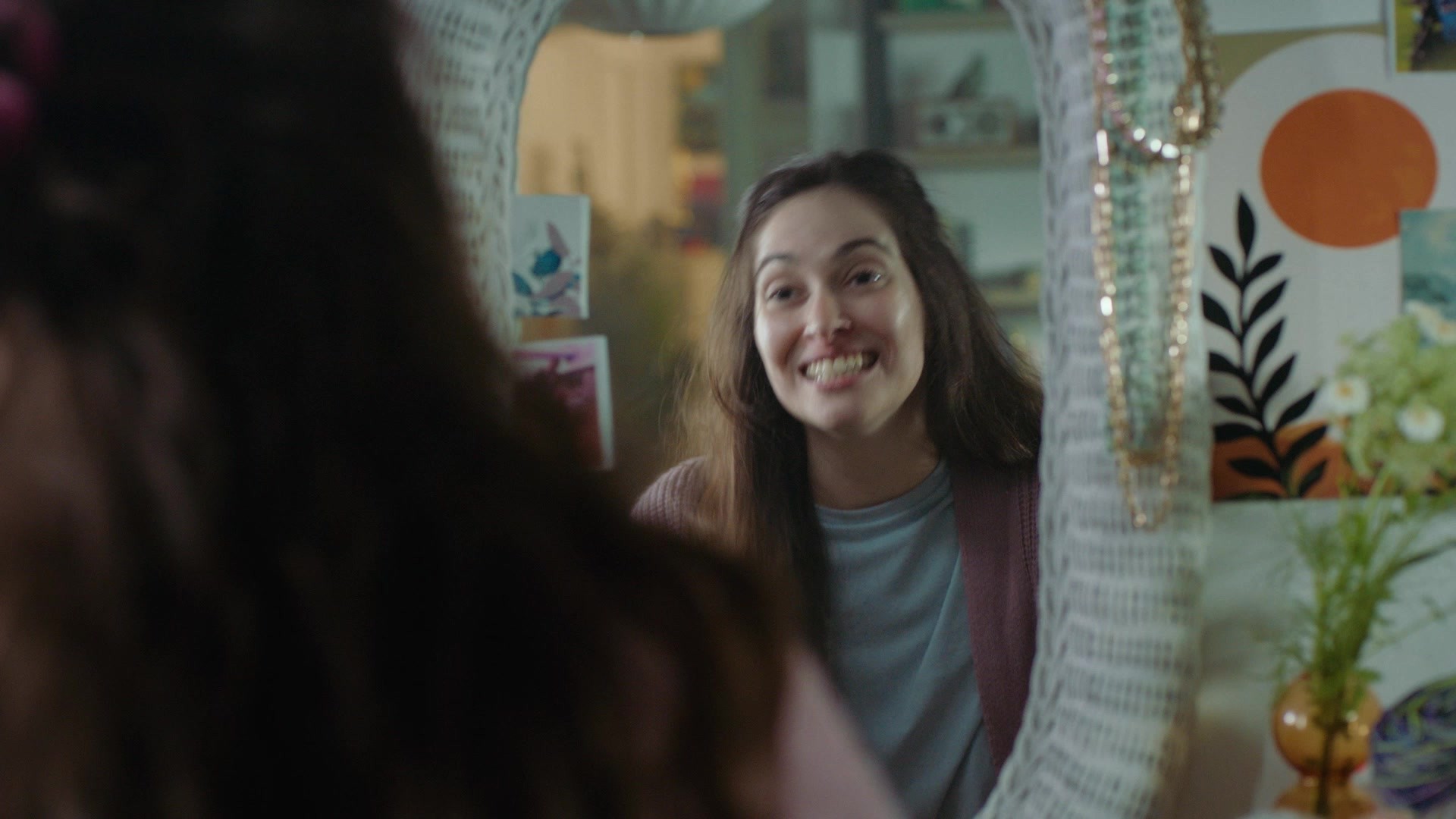Cannes Lions
The Panadol Pain Phone
SAATCHI & SAATCHI, London / HALEON / 2023

Overview
Entries
Credits
OVERVIEW
Background
Experiencing pain is something we all have in common. But the impact pain has on our lives is far from equal. We live in a world of pain inequality - the imbalanced lived experiences of pain by different groups of people.
Panadol strives to make release from pain fair, for all. So in a world of pain inequality, we simply cannot stand by.
Our brief was to enact Panadol’s mission to make release from pain fair for everyone at a global scale. Years of worldwide pain research unearthed the starting point for our mission in Indonesia - where the nearest hospital or pharmacy could be even up to 30km away. Our task focused on supporting rural Indonesian communities to access the care and attention they need to relieve their pain, to demonstrate the brand’s commitment to making release from pain fair, for all.
Idea
Over 38 million rural Indonesians ignore their everyday pain because medical facilities are too far away. But research indicated that smartphone ownership is low amongst this group, ruling out typical telemedicine channels, while medical experts need reliable patient readings for effective remote treatment.
Our idea was simple: bridge the distance between rural Indonesian communities in pain and the medical experts who could relieve it. Our solution had to be accessible, user-friendly, reliable, and create lasting impact.
We started with a payphone - historically, the main connection to the outside world from a rural Indonesian village. This familiar form factor was modified with a screen for video calls and equipped with sensors, like a built-in stethoscope, to measure vital signs including heartrate, blood pressure, temperature, and oxygen levels. On-the-ground teams educated locals in how to prevent common illnesses using telemedicine services, enabling them to continue seeking care and release from pain.
Strategy
Years of Panadol’s research into pain revealed that rural Indonesians delay seeking treatment because medical facilities are too far away. We knew that telemedicine technology was the best way to help; we just needed to find a way to warmly encourage people to engage with it.
We had to get on-the-ground to understand how we could do that. Speaking to locals, we discovered that although many don’t own a mobile phone, there were other specific points of connection to the outside world. The first was payphones, so we used that as the basis for our telemedicine unit. The second and third were radio and key opinion leaders, so we crafted our outreach strategy around these anchor-points to encourage locals to engage with our telemedicine unit and find release from pain.
Execution
We developed a first-of-its-kind telemedicine device, consulting with experts, doctors and our on-the-ground insight that low smartphone ownership means locals are unfamiliar with this type of technology. So we started with a familiar form factor, the pay phone, to help overcome this barrier.
A screen connected patient and doctor face-to-face, to create a more reassuring experience.
Sensors, including a built-in stethoscope, took vital readings like heart rate, blood pressure, oxygen levels, temperature, to enable the doctor to effectively assess the patient, and recommend the best ways to relieve them of their pain.
With the Pain Phone in a trial stage in this initial pilot programme, a mobile clinic was also dispatched to 43 villages in the Purworejo region over a 6 week period. Comms went live to locals before and during this period, encouraging more than 7000 to come and get to the bottom of their pain.
Outcome
More than 7000 people were diagnosed through the activation, and at long last were able to understand what was causing their pain. Most of these people were suffering from muscle and joint pains, as well as headaches - the types of pain that Panadol has decades of experience with. But the activation also helped many people discover the chronic illnesses that were causing them pain and get the urgent medical attention they needed: 1190 people with high blood pressure, 21 with asthma, 18 with anorexia and more.
The story of the activation was picked up across Indonesia, resulting in 1.7 billion potential organic impressions through 31 news outlets, of which 10 were tier 1 media outlets.
Similar Campaigns
6 items
